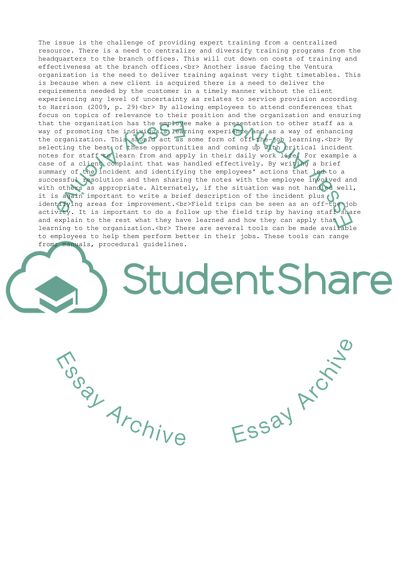Cite this document
(“Learning and Development Coursework Example | Topics and Well Written Essays - 1500 words”, n.d.)
Learning and Development Coursework Example | Topics and Well Written Essays - 1500 words. Retrieved from https://studentshare.org/business/1635164-learning-and-development
Learning and Development Coursework Example | Topics and Well Written Essays - 1500 words. Retrieved from https://studentshare.org/business/1635164-learning-and-development
(Learning and Development Coursework Example | Topics and Well Written Essays - 1500 Words)
Learning and Development Coursework Example | Topics and Well Written Essays - 1500 Words. https://studentshare.org/business/1635164-learning-and-development.
Learning and Development Coursework Example | Topics and Well Written Essays - 1500 Words. https://studentshare.org/business/1635164-learning-and-development.
“Learning and Development Coursework Example | Topics and Well Written Essays - 1500 Words”, n.d. https://studentshare.org/business/1635164-learning-and-development.


